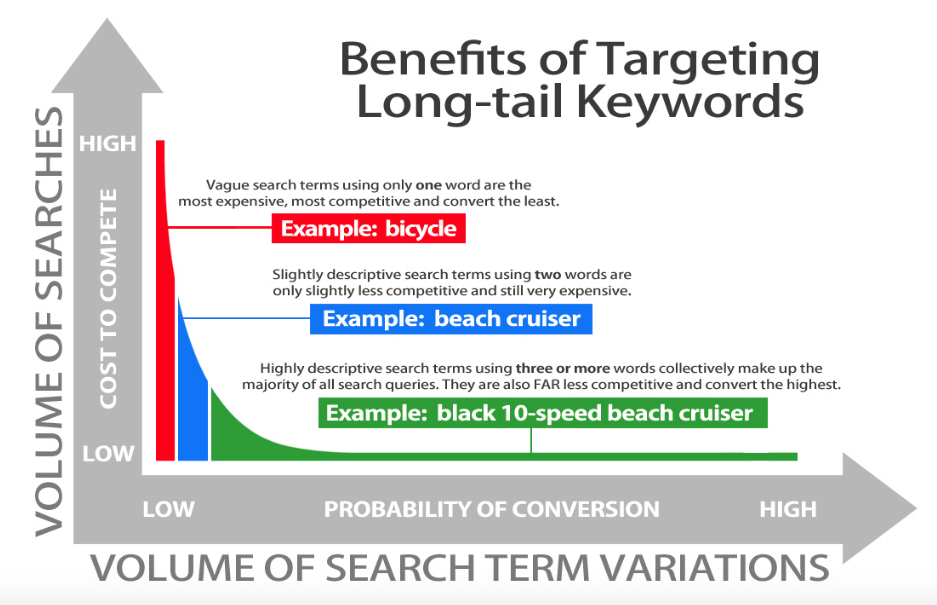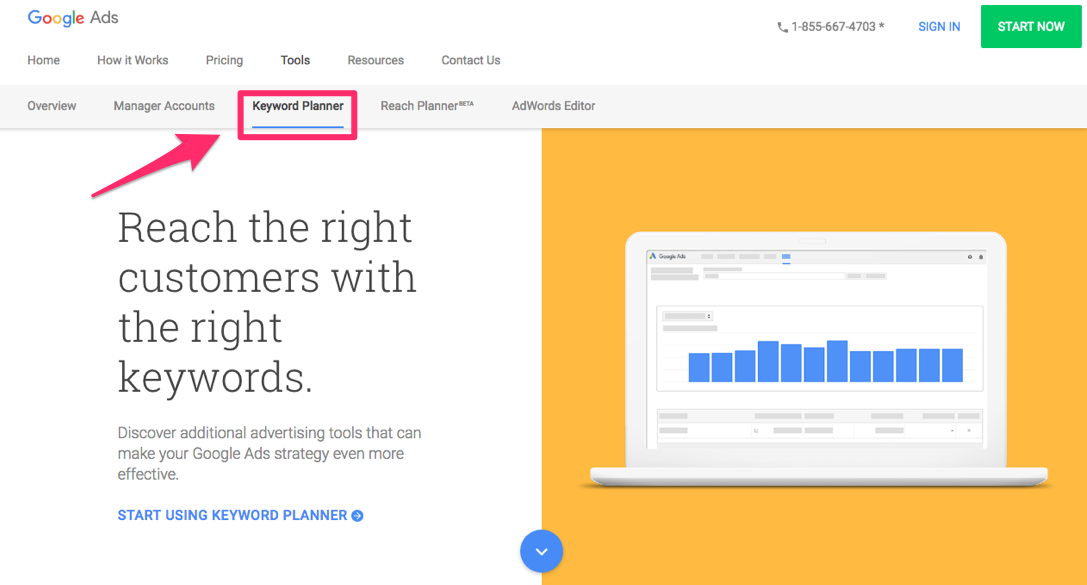Start blogging Once you have your keywords, you’ll need to add them to your website. Add long-tail keywords to your ecommerce site. This means there is less competition from other brands using keywords for their SEO strategies. Since you’re offering exactly what they’re looking for, they’ll be more likely to buy from your ecommerce site. But if the architecture of your website is too complicated, the bots may not index the results properly, and your site won’t be a top search result. Let’s say you were able to get ranked on the first page of search results. Simplify the design of your ecommerce site A complicated design could be one of the reasons why your site isn’t loading fast. From a consumer perspective, a page meta description gives them more information about what to expect when they click on a link from search results. Add actionable meta descriptions to your pages that encourage consumers to click on your site over other options in the search results. How is your ecommerce site using SEO tactics to drive sales?
The ecommerce industry is a highly competitive space.
That’s because the popularity of online shopping is growing at a rapid rate.
Last year, retail ecommerce sales surpassed 2.3 billion dollars across the globe. This number is expected to double within the next three years.
It’s safe to say that consumers will continue buying from ecommerce platforms.
This news should be extremely encouraging to ecommerce brands. But with so many competitors across the world, you’ll need to come up with ways to separate yourself from the crowd if you want to survive and thrive.
In the past, I’ve told you how to get your first sale from your new ecommerce website.
But now that you’ve got those initial sales out of the way, you need to come up with a sustainable growth strategy.
You can do this in a number of ways. For example, leveraging social commerce to increase ecommerce sales is a profitable marketing tactic.
Offering discounts, targeting the right audience, and accepting lots of payment options are just a few of my favorite ways to boost ecommerce sales fast.
However, you need to take this strategy one step further and understand the consumer buying behavior. We know that 85% of consumers use Google to find products before making a purchase.
Roughly 33% of clicks go to the top result of Google’s SERP. And 75% of all clicks are made on the first page of search results.
What does this mean for you?
Basically, if your ecommerce site isn’t a top result when a consumer starts a product search, you won’t generate new leads with organic traffic.
How do you improve your search ranking? Search engine optimization.
Follow the tips I’ve outlined in this guide, and you’ll be able to drive ecommerce sales with SEO tactics.
Conduct keyword research
If you want to have a successful SEO strategy, you need to start with keyword research.
This will help you understand the search terms that consumers type when they’re shopping for products you’re selling. Google AdWords is a great place to start.

The keyword planner tool will show you words and phrases related to your products, services, and industry.
You’ll be able to see how frequently people search for these words. The results will also show you how the volume of these words and terms change each month.
Using this information, you’ll be able to update your site accordingly so it matches the most popular search terms.
These subtle changes on your ecommerce site will increase the chances that your pages will appear as a top search result.
Now you’ll receive more organic search traffic that will ultimately help you drive sales.
Start blogging
Once you have your keywords, you’ll need to add them to your website.
Sure, you can add them to your product pages and descriptions, but that alone won’t maximize your reach. You want to include these keywords in as many places as possible on your site.
That’s why you need to add a blog to your ecommerce site.
Research shows that the average number of words on the first page of Google results is 1,890 words. I’m willing to bet your product descriptions aren’t that long.
But that’s the perfect length for a blog post.
There are lots of benefits to blogging, in addition to being a place for you to use keywords:

Your blog gives you the opportunity to create internal links. These links can direct visitors to other blog posts or to product pages.
Blogging increases the chances that your brand will be able to create backlinks as well.
Other websites may reference or feature information from one of your posts. As a result, they’ll credit you as the source with a link.
The combination of these internal links and backlinks will improve your organic search ranking.
Plus, these blogs will give you an opportunity to showcase your products and services. You can provide demonstrations or step-by-step guides that encourage visitors to make a purchase.
Use long-tail keywords in product names and descriptions
More than half of all searches are at least four words.
You need to keep this in mind when you’re conducting keyword research, which we discussed earlier.
Add long-tail keywords to your ecommerce site. Put them in the names of your products and their descriptions.
Long-tail keywords don’t have as high of a search volume. This means there is less competition from other brands using keywords for their SEO strategies.
But it will increase the chances you’ll be a top search result for these specific terms. That’s why long-tail keywords typically have higher conversion rates.
Here’s an example of how long-tail keywords work:

Using the example above, let’s say you’re an ecommerce site selling bicycles. You obviously have a ton of competition in this space.
Unless you’re a global giant, it’s unlikely your site will be a top search result for the word “bicycle.”
But if you sell beach cruisers, that’s a little bit more specific. The search volume for the phrase won’t be as high, and your likelihood of conversions will increase slightly.
Take that one step further, and add even more descriptive information.
If you use “black 10-speed beach cruiser” as a long-tail keyword, you’ll reach a very specific audience. Chances are, if someone uses this phrase…

COMMENTS